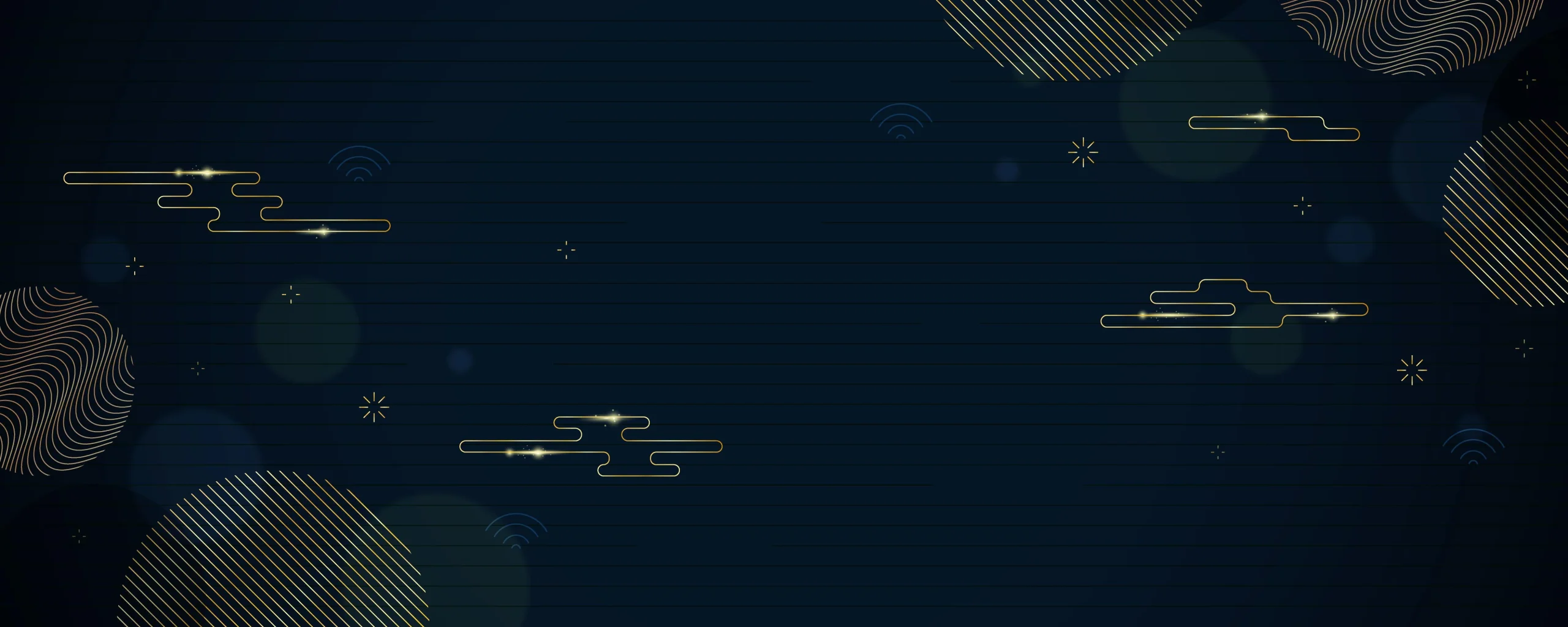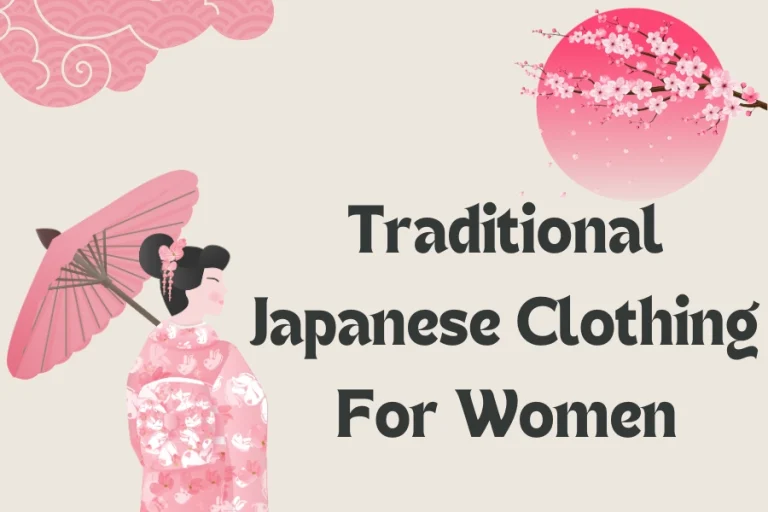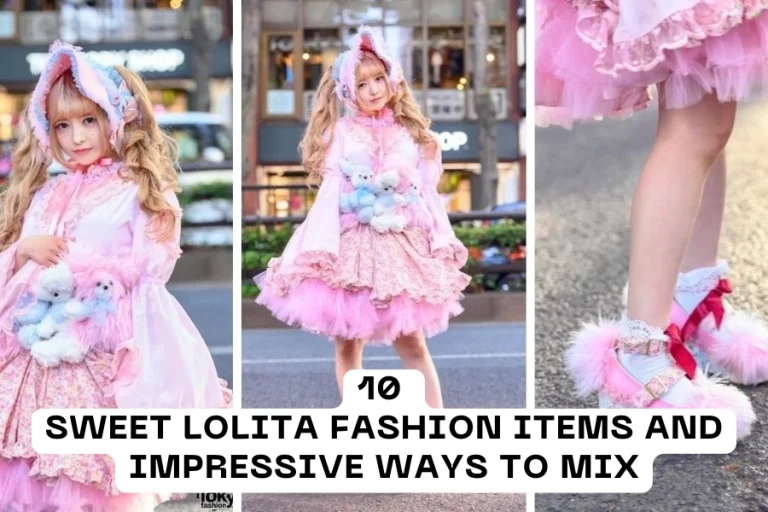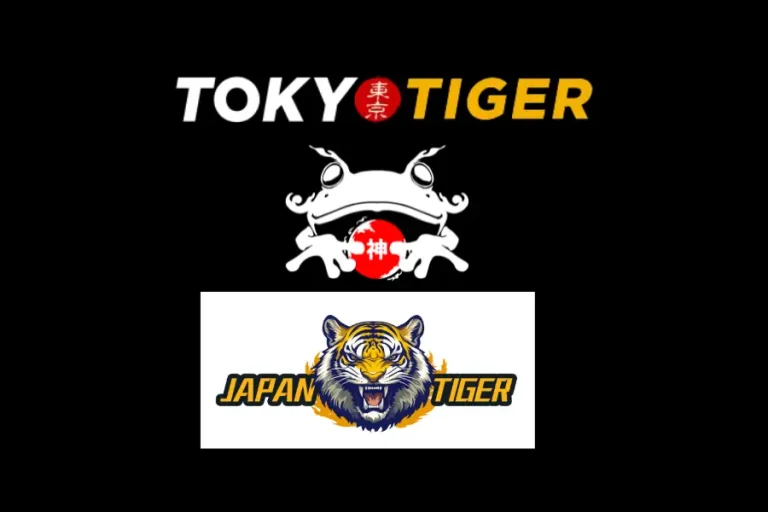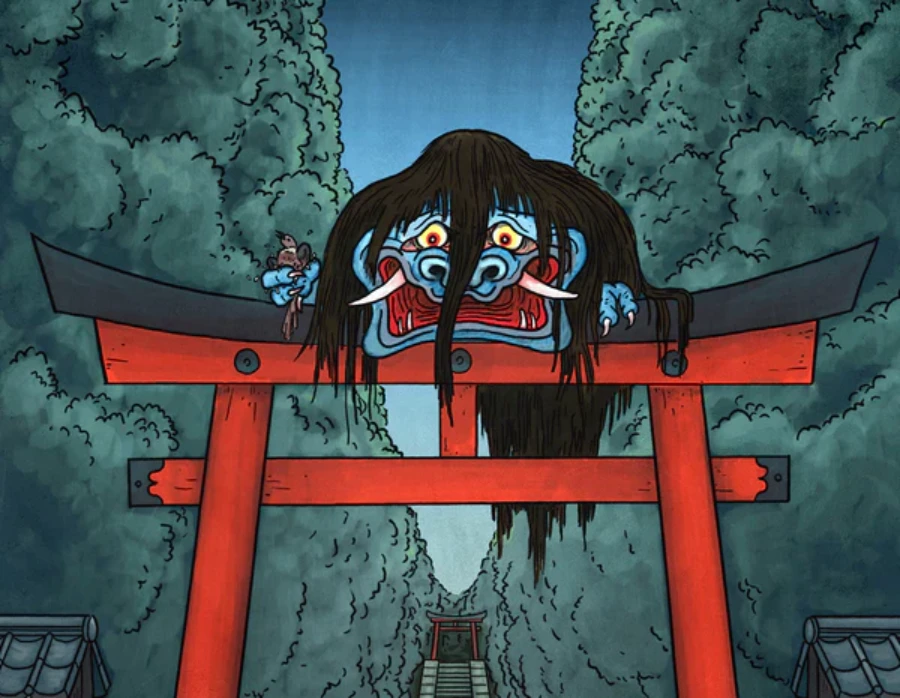
In the vast treasury of Japanese folklore, few figures loom as large — or as terrifying — as the Oni (鬼). With monstrous appearances and supernatural strength, Oni embody the very essence of cruelty and chaos.
At the same time, they serve as a chilling reflection of humanity’s deepest fears of evil and divine punishment. Let’s dive deeper into the world of Oni together with Kamicrew!
What is Oni?
An Oni is a demonic, ogre-like creature from Japanese folklore, often depicted as large, strong, and fearful, with horns, wild hair, and a fearsome appearance. Known as a type of yōkai, oni are believed to cause disease and disaster, and in some stories, they are the spirits of wicked humans transformed in Buddhist hell.
Translation and Etymology
The word oni comes from an old concept meaning “to hide” or “conceal.” In early Japan, before supernatural beings were clearly classified, “oni” could refer to almost any fearsome entity—spirits, ghosts, mysterious deities, or even cruel humans.
Over time, its meaning narrowed to the terrifying, horned demons we know today. Interestingly, female demons in folklore are not usually called oni, but are known by a different name: kijo.
Oni are often described as “demons” or “ogres” in Japanese folklore. They are closely tied to hell, punishment, and fear, but their role in culture is more complex than mere villainy.
Oni are both bringers of calamity and cultural symbols that have endured through centuries, appearing in rituals, festivals, and traditional arts.
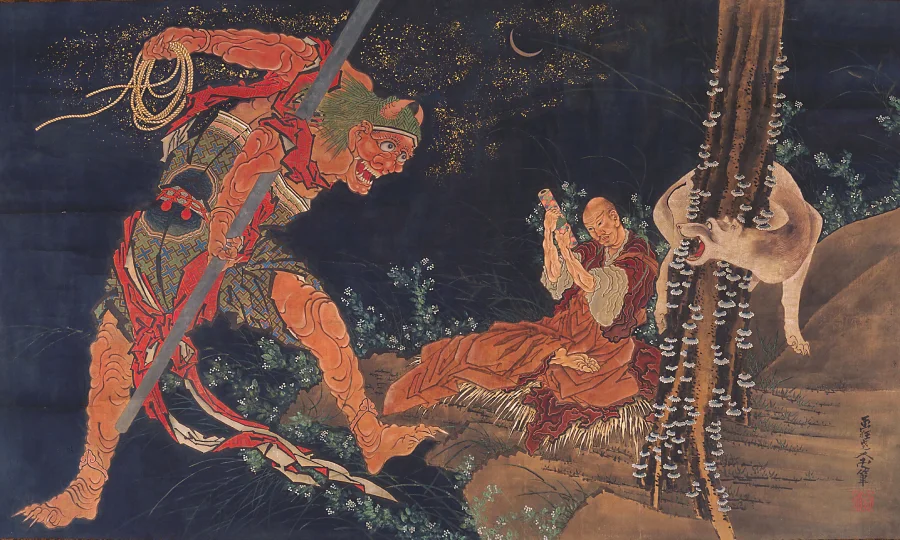
Habitat and Diet
Tradition places Oni in remote, desolate places — mountains, caves, abandoned fortresses, and even islands shrouded in mystery. Within Buddhist cosmology, Oni also inhabit the underworld, serving as enforcers for the great King Enma, ruler of hell.
Their diet is as grotesque as their nature. Oni are omnivorous but are especially known for devouring livestock, humans, and copious amounts of sake. Legends often emphasize their indulgence in drunken revelry and cannibalistic feasts.
Latest blog this week: Toirenoahanakosan: The Japanese Urban Legend of the Haunted School Bathroom
Appearance
Oni are towering giants, sometimes described as taller than the tallest human or even larger than trees. They usually have vivid red or blue skin, wild, untamed hair, and one or more sharp horns protruding from their heads.
Their tusk-like fangs and grotesque variations — extra eyes, additional fingers or toes — make them even more terrifying. Oni are often depicted wearing loincloths made of animal pelts and wielding massive iron clubs (kanabō) used to crush their victims.
Personality and Behavior
Oni personify brutality and punishment. According to Buddhist belief, wicked humans who die are cast into hell and transformed into Oni, destined to torture the damned. They delight in gruesome acts: flaying skin, crushing bones, and devising unspeakable torments.
Even more frightening, some humans become Oni while still alive if their hearts are consumed by malice beyond redemption. These “living Oni” roam the earth, terrorizing the living and embodying pure evil.
You might like: Gashadokuro: The Terrifying Giant Skeleton of Japanese Folklore 2025
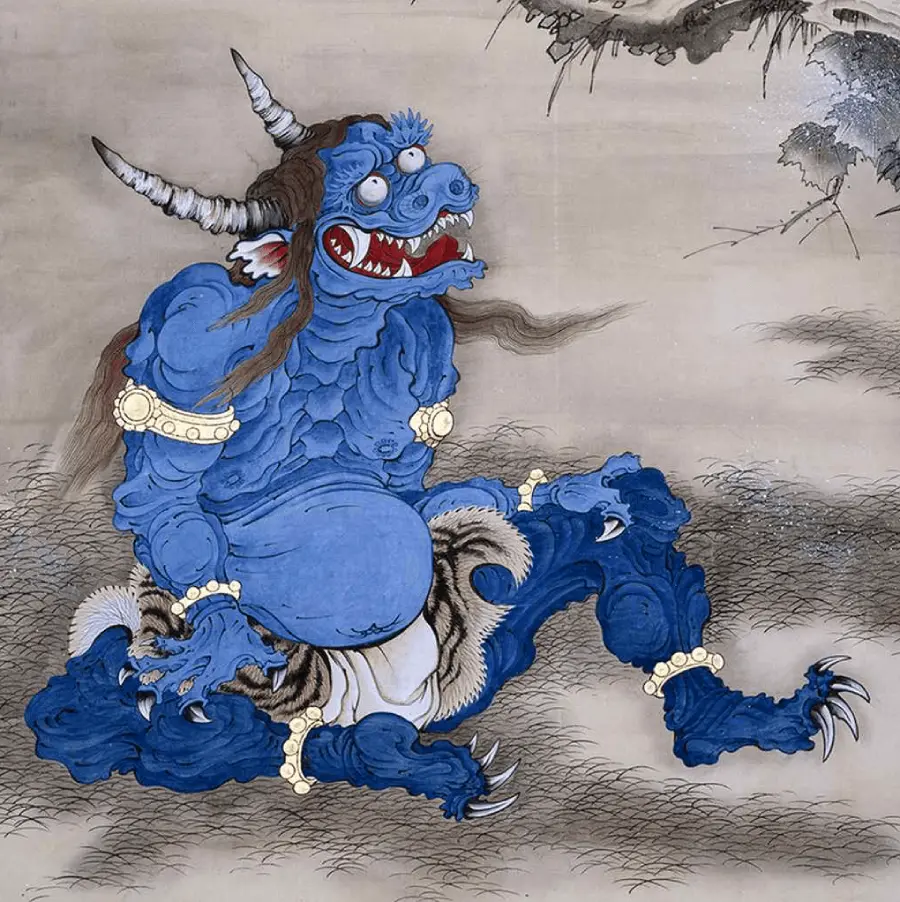
Cultural Significance
Folktales across Japan feature Oni as relentless enemies of humankind. From warriors and nobles to unsuspecting villagers, no one is safe from their wrath. Yet Oni are not only symbols of fear.
They also play important cultural roles, teaching moral lessons and appearing in traditional art and literature. Most famously, during the Setsubun festival, people scatter beans while chanting “Oni wa soto!” (“Demons out!”) to drive away evil spirits and welcome good fortune.
Read more: Daki: The Hidden Cliffs of Japan’s Local Dialects 2026
Oni in Modern Associations
Today, Oni remain deeply embedded in Japanese culture. Their fierce visages appear in manga, anime, video games, film, and even modern fashion and street art. Oni masks, once tools of ritual and theater, are still worn to both frighten and remind people of the ever-present struggle against evil.
At KamiCrew, we take inspiration from legends like the Oni to create bold and meaningful designs that blend Japanese tradition with modern streetwear. Each piece is more than just fashion — it’s a story you can wear, a way to carry the power and mystery of Japanese folklore into your daily life.
Related blog: Umibouzu: The Sea Monk of Japanese Folklore Explained 2026
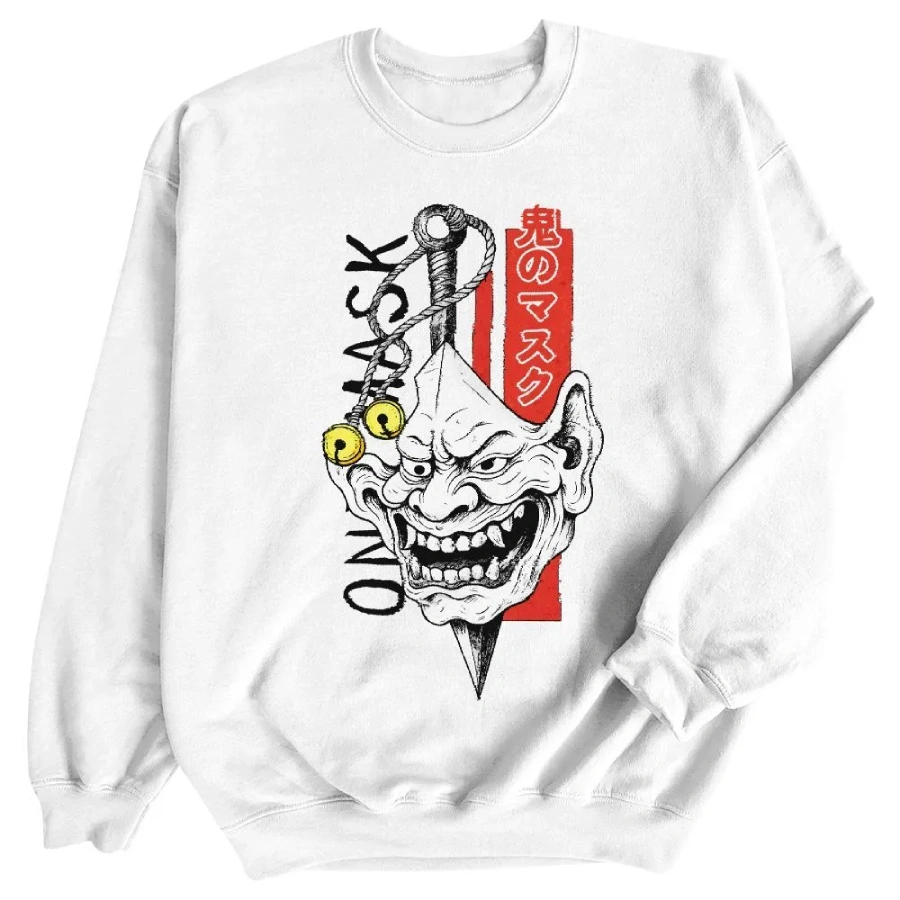
Explore our Yokai-inspired collection and bring a piece of this legendary spirit into your wardrobe today!
Bottom Line
Oni are far more than monstrous figures of fear. They are enduring cultural icons that reflect Japan’s view of sin, retribution, and the human struggle against darkness. From the fiery pits of hell to the joyous celebrations of Setsubun, Oni continue to haunt, fascinate, and inspire — living on in the collective imagination of Japan to this very day.
